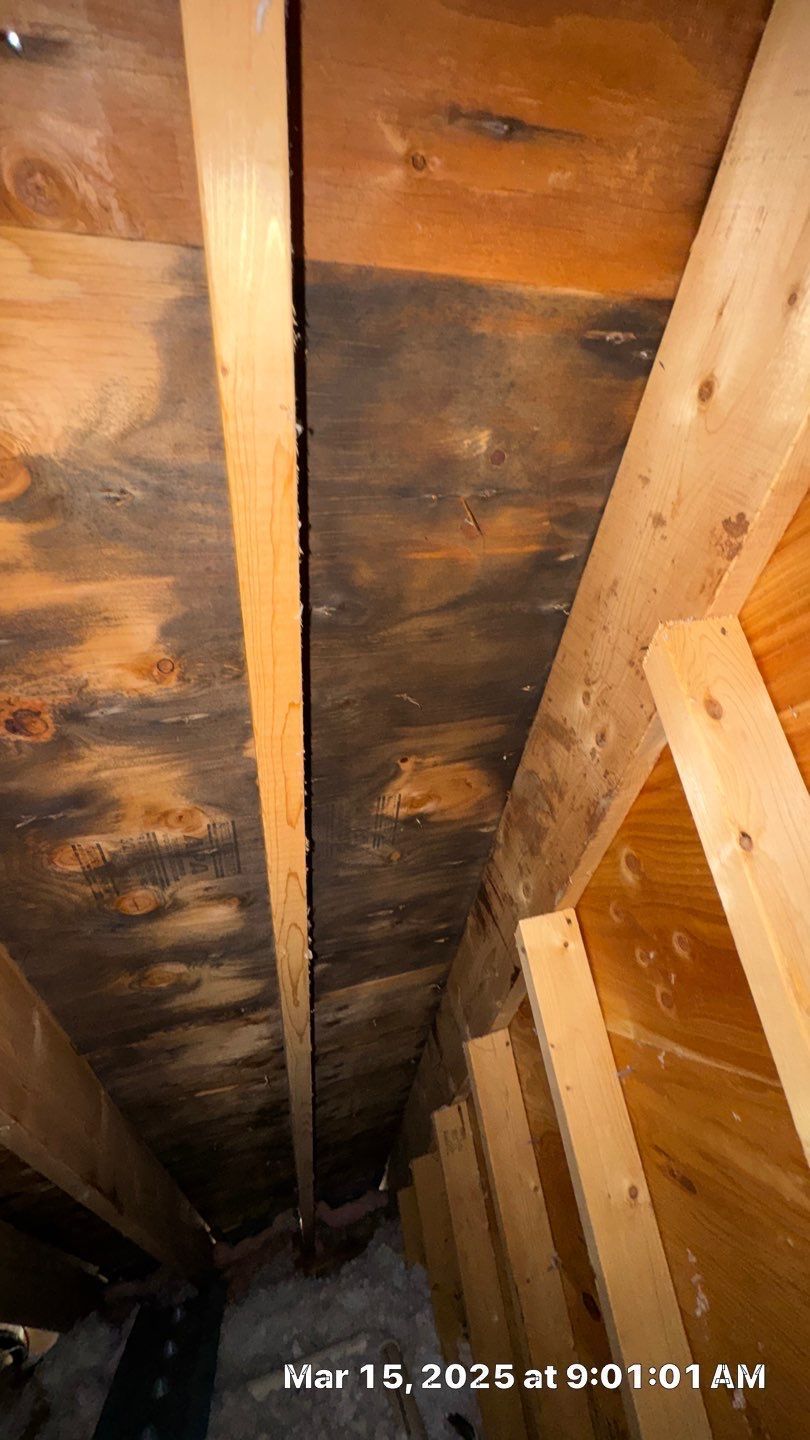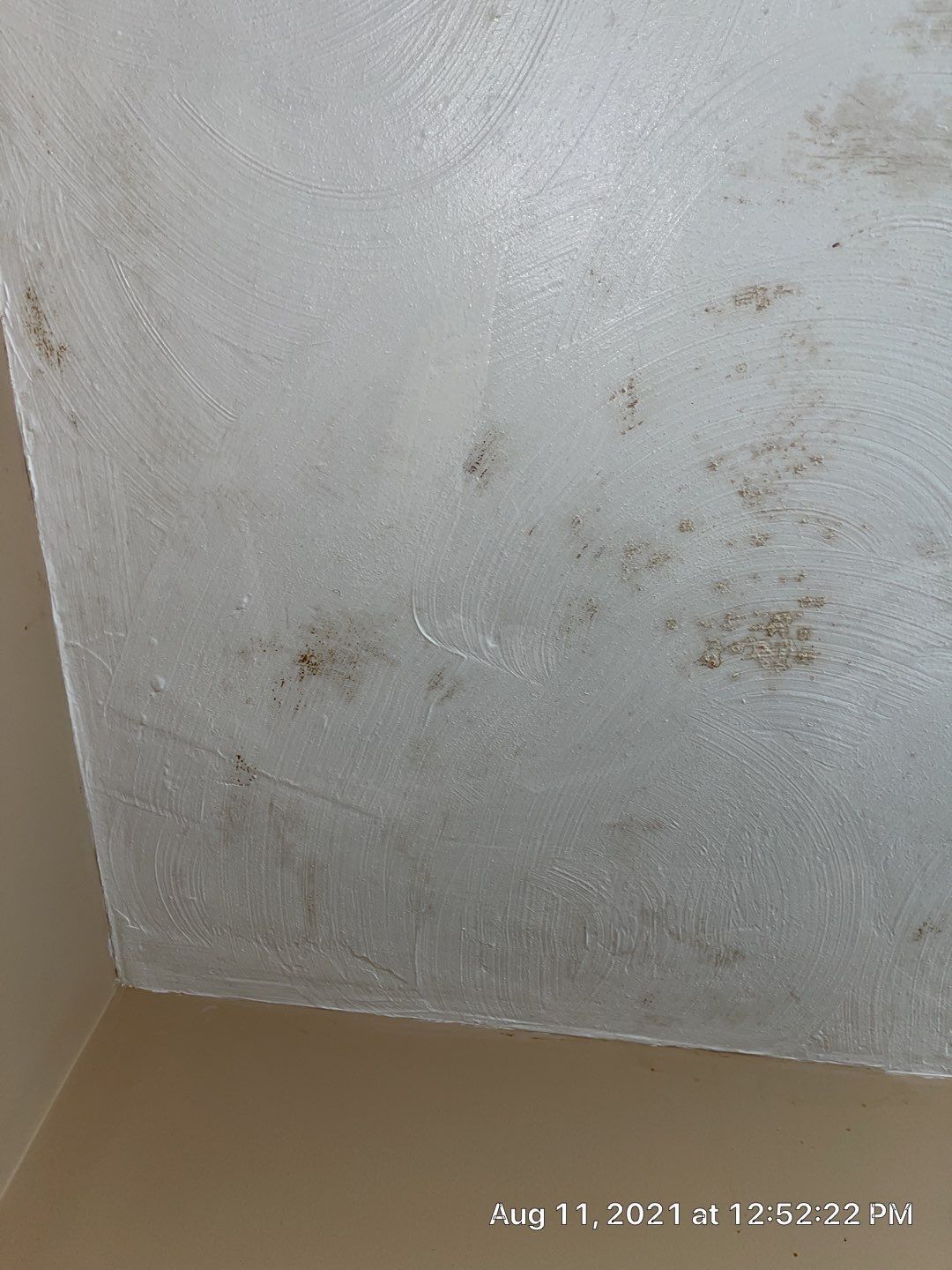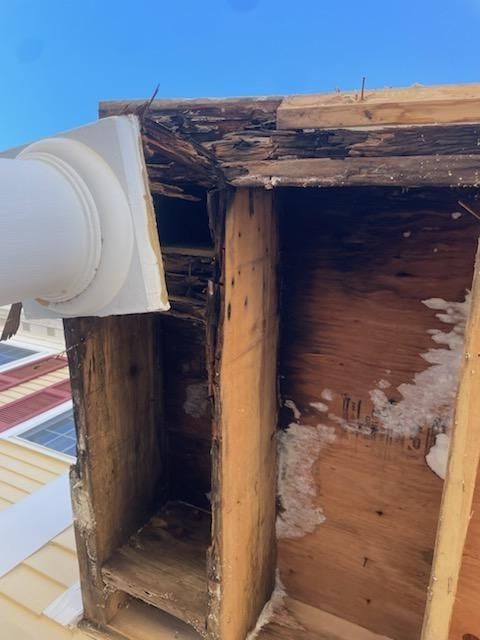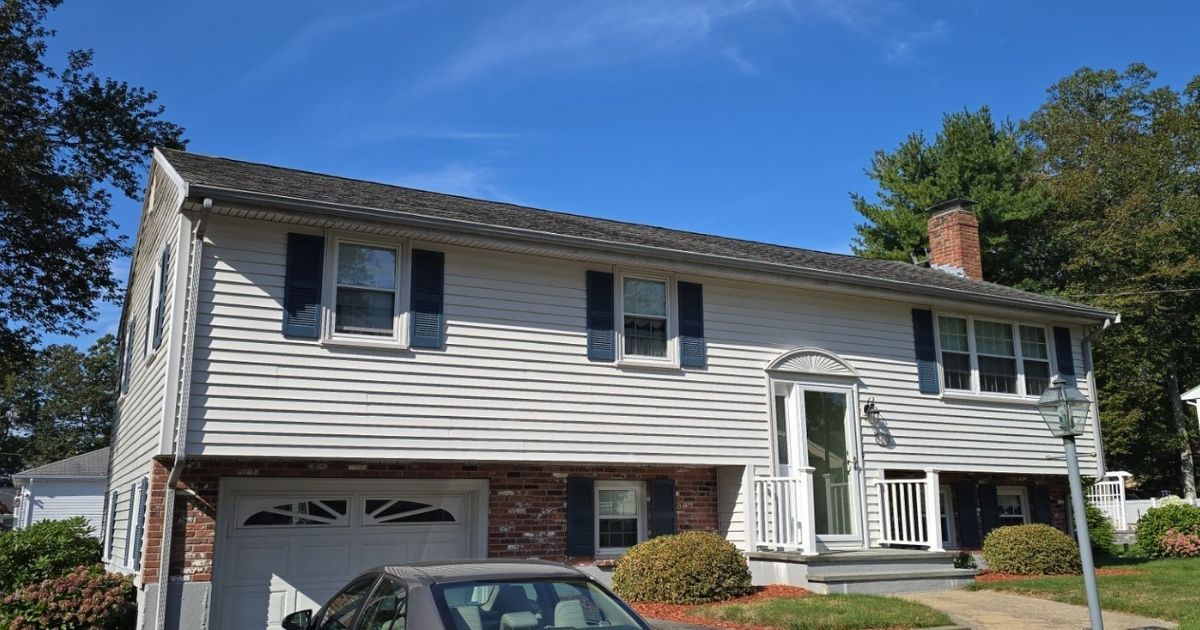Can a Leaky Roof Can Cause Mold Growth in Your Home
Signs, Prevention, and Solutions for Leaky Roofs
Have you ever noticed a small drip from your ceiling during a rainstorm and wondered if it could lead to bigger issues? The answer is yes—a leaky roof can indeed foster mold growth, posing risks to your home and health. In this post, we'll break down the causes, signs, prevention tips, and solutions to help you stay ahead of the problem.
- A leaky roof can create ideal conditions for mold growth by allowing water infiltration, leading to health risks, structural damage, and costly repairs.
- Common causes include damaged shingles, poor ventilation, clogged gutters, ice dams, and neglected minor issues.
- Watch for signs like water stains, musty odors, visible mold, or unexplained health symptoms.
- Prevention involves regular inspections, proper ventilation, clear gutters, prompt repairs, and attic monitoring.
- If mold appears, address small areas yourself but call professionals for larger infestations, and always fix the leak source.
- Master Roof offers expert inspections, repairs, and replacements to protect Milford, MA homes from leaks and mold.
How Does a Leaky Roof Lead to Mold?
Mold loves moisture, and a leaking roof provides plenty of it. Here’s how a bad roof can set the stage for mold growth:
Water Infiltration
Damaged shingles, cracked flashing, or worn seals allow water to seep into your roof deck, attic, or ceilings. This moisture soaks into wood, insulation, and drywall, creating a breeding ground for mold within 24–48 hours.
Poor Ventilation
Inadequate attic ventilation traps warm, moist air, leading to condensation. This dampness encourages mold growth on rafters, insulation, and other surfaces, often spreading to living spaces.
Clogged Gutters
Blocked gutters cause water to pool around the roofline, seeping into the roof or walls. This excess moisture fuels mold development in hidden areas.
Ice Dams in Cold Climates
Poor insulation or ventilation can cause ice dams, where melting snow refreezes at the roof’s edge, trapping water. This water can leak into the roof, promoting mold growth.
Neglected Damage
Small issues like missing shingles or minor leaks can worsen over time if ignored. These vulnerabilities allow water to enter, setting the stage for mold.
Why Mold Is a Problem?
Mold isn’t just an eyesore. It’s a serious threat.
- Health Risks: Mold spores can cause allergic reactions, respiratory issues, coughing, sneezing, and skin irritation, especially for those with asthma or weakened immune systems.
- Structural Damage: Mold eats away at wood, drywall, and insulation, weakening your home and leading to expensive repairs.
- Costly Consequences: Mold can spread to walls, floors, and HVAC systems, lowering property value and requiring extensive remediation.
Signs of Mold from a Leaky Roof
Mold can grow hidden between your roof and ceiling, so catching it early is crucial. Look for these warning signs:
- Water stains, discoloration, or bubbling paint on ceilings or walls.
- Musty or pungent odors, especially in the attic or upper rooms.
- Visible mold (black, green, or other colors) in the attic or on ceilings.
- Damp or sagging attic insulation or roof deck.
- Dripping water or sounds of trickling during rain.
- Health symptoms like sneezing, wheezing, or itchy eyes with no clear cause.
- Rusting or frozen nails after a storm in wintertime
Preventing Mold from a Leaky Roof
The best way to stop mold is to address roof issues before they escalate. Here’s how:
Schedule Regular Roof Inspections
Have a professional inspect your roof annually to catch issues like cracked shingles, damaged flashing, or worn vents early.
Ensure Proper Ventilation
Install or maintain attic vents (e.g., soffit, ridge, or power vents) to reduce moisture buildup and prevent condensation.
Keep Gutters Clear
Clean gutters regularly to ensure proper drainage. Gutter guards can help minimize debris buildup.
Fix Leaks Promptly
Repair leaks, replace damaged shingles, and seal flashing as soon as issues are identified to stop water infiltration.
Monitor Attic Conditions
Check your attic for dampness or mold after heavy rain or snow. A dehumidifier can help control humidity in humid climates.
Dealing with Mold from Roof Leaks
If you discover mold, act quickly:
Small Areas (Less Than 10 Square Feet)
For minor mold on hard surfaces, scrub with a bleach solution (1 cup bleach per gallon of water) or soapy water, wearing gloves, goggles, and an N95 mask. Dry the area thoroughly.
Larger Infestations
Mold over 10 square feet or in porous materials (e.g., drywall, insulation) requires professional remediation to prevent spore spread and ensure complete removal. Check your insurance policy to see if it covers mold damage.
Fix the Source
Hire a roofing expert to repair leaks or replace damaged roofing materials to prevent mold from returning.
If your roof is old or severely damaged, a full replacement may be the best solution. A new roof with proper underlayment, ventilation, and high-quality materials can eliminate moisture issues and protect against mold.
Why Trust Master Roof to Fix Your Leaky Roof?
Selecting a reliable contractor is essential, since roof replacement goes far beyond simply swapping out shingles, contrary to common belief. It's an integrated system that requires a careful selection of hidden yet critical materials, such as underlayment and supporting layers, combined with expert installation that focuses on penetrations, insulation, and ventilation.
A leaky roof can indeed cause mold, but with proactive care, you can keep your home safe and dry. At Master Roof, we’re your local roofing experts in Milford, MA, dedicated to protecting homes in our community from mold and moisture damage. Our experienced team specializes in thorough inspections, reliable repairs, and high-quality roof replacements tailored to your home’s needs. We use top-notch materials and proven techniques to ensure your roof stands strong against leaks and mold.
Don’t let a leaky roof lead to mold and costly damage. Contact Master Roof today at MasterRoof.com for a free inspection or consultation in Milford, MA, and surrounding areas. Let us help you maintain a mold-free, healthy home!
Leaky roof FAQs
Can a leaky roof really cause mold growth?
Yes, a leaky roof allows moisture to enter your home, creating damp conditions ideal for mold to thrive in areas like attics, walls, and ceilings.
How quickly can mold start growing from a roof leak?
Mold can begin to grow within 24–48 hours after water infiltration, especially in warm, humid environments, so addressing leaks immediately is crucial.
What are the common signs of mold caused by a leaky roof?
Signs include water stains on ceilings, musty odors, visible mold spots, bubbling paint, damp insulation, or unexplained health issues like allergies or respiratory problems.
How can I prevent mold growth from a leaky roof?
Schedule regular roof inspections, ensure proper attic ventilation, keep gutters clean, fix leaks promptly, and monitor attic humidity levels.
Should I handle mold removal myself or call professionals?
For small areas under 10 square feet on hard surfaces, you can clean it yourself with protective gear and a bleach solution. For larger or porous areas, hire professionals to avoid spreading spores.
Does homeowners insurance typically cover mold damage from roof leaks?
It depends on your policy; many cover sudden leaks but exclude gradual damage or neglect. Check your coverage and consult your insurer.
Why is attic ventilation important in preventing mold?
Proper ventilation reduces moisture buildup and condensation in the attic, preventing the dampness that mold needs to grow on rafters, insulation, and other surfaces.
How can Master Roof help with leaky roofs and mold issues?
Master Roof provides free inspections, expert repairs, and full roof replacements using quality materials to fix leaks, improve ventilation, and protect your Milford, MA home from mold.

